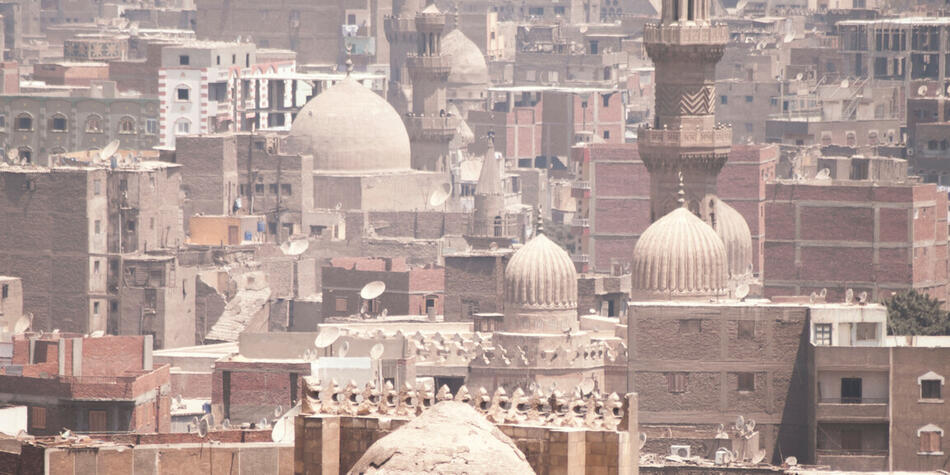In one of the most nuanced studies on Iraqi and Syrian heritage to date, Deakin researchers used country-wide surveys, interviews and archival materials to explore the people of Iraq and Syria’s opinions on heritage and the extent to which it converges with the attitudes of key state and global players.
Exploring the consequences of heritage destruction
The Middle East is home to some of the world’s most important heritage sites, dating back thousands of years. These sites not only offer a window into the region’s shared history but also play a crucial role in creating a sense of belonging and cultural identity.
Deakin University researchers, led by Professor Benjamin Isakhan, are investigating the causes and consequences of mass heritage destruction in the Middle East, focusing on the impact this has on cultural identity and efforts at reconstruction. In particular, they are studying the destruction of key sites like Palmyra and the Mosul Museum, which represent ancient cultures and significant achievements.
Assessing local perspectives on cultural loss
While global institutions have launched reconstruction efforts for these heritage sites, many of these initiatives are based on assumptions about how local communities value their heritage. For example, a mosque may hold more significance for residents than a UNESCO-listed site, yet Islamic heritage is often overlooked in favor of more monuments deemed significant by Western experts.
To address this imbalance, Deakin researchers have collaborated with experts and local organisations to conduct surveys and interviews in Mosul and Aleppo. Their aim is to gather local views on the destruction of significant monuments and thoughts on which sites they would most like to see reconstructed.
Residents’ opinions on heritage and the extent to which these opinions converge with the attitudes of key state and global players are also being examined.
The destruction of cultural heritage in the Middle East is unprecedented in human history, and what is lost can never be replaced, some of which is 4000 years old.
Professor Benjamin Isakhan
Protecting heritage for future generations
The first was an Australian Research Council (ARC) Discovery Early Career Researcher Award (DECRA)-funded project that focuses on the destruction of heritage sites during the Iraq War from 2003.
The second project was funded by the Australian Department of Defence and included the creation of databases of key heritage sites across the Middle East. The project used grid coordinates to document their condition, cultural significance, and religious affiliation. These coordinates were then relayed to the Defence Force, in an effort to prevent further damage to these priceless monuments.
The current ARC Discovery project looks specifically at local opinions on heritage destruction in Syria and Iraq and has included administering two city-wide surveys in Aleppo and Mosul.
Project funding and outcomes
The survey will ask how local residents engage with their heritage, interpret the destruction of significant monuments, and which sites they would most like to see reconstructed. Residents’ opinions on heritage and the extent to which these opinions converge with the attitudes of key state and global players will also be examined.
The first was an Australian Research Council (ARC) Discovery Early Career Researcher Award (DECRA)-funded project that focuses on the destruction of heritage sites during the Iraq War from 2003.
The second project was funded by the Australian Department of Defence and included the creation of databases of key heritage sites across the Middle East. The project used grid coordinates to document their condition, cultural significance, and religious affiliation. These coordinates were then relayed to the Defence Force, in an effort to prevent further damage to these priceless monuments.
If you want more information on this project, contact Professor Benjamin Isakhan.

